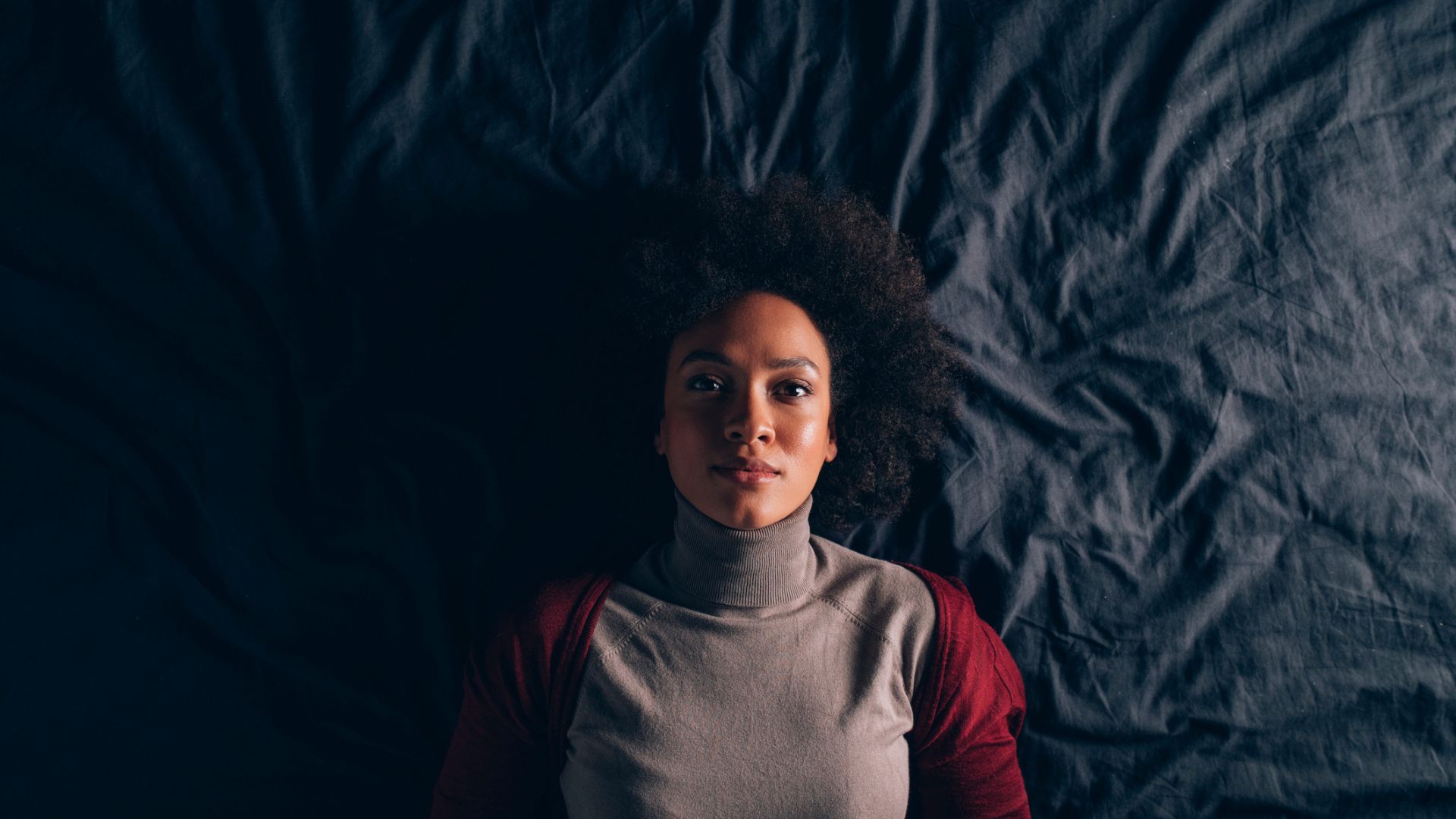
According to a new study, we’re less likely to notice when women are tired compared to men, suggesting that women have developed better sleep deprivation masking and coping mechanisms. The new study published in Sex Roles shows that women report feeling more fatigue than men, but have their fatigue underestimated.
In contrast, the study showed that fatigue in men is often overestimated. This is just one example of the gender sleep gap, but it’s a fascinating find and one that can tell us a lot about gender bias when it comes to sleep and perceptions of fatigue.
Key takeaways
- Women report more fatigue than men
- Participants underestimated how tired women were based on their body language and non-verbal cues
- Participants overestimated how tired men were by their body language and non-verbal cues
NASA initial objective with this study was to see whether they could accurately identify levels of fatigue in astronauts by body language and non-verbal expressions.
After asking a total of 201 people, a mix of men and women, whether they were fatigued or not, they recorded a silent video of the participants having a conversation with someone.
People were then asked to view this video and decide whether they thought the subjects were fatigued or not based on their body language, attentiveness and non-verbal expressions.
Here, we’ll take a closer look at this study and what it tells us about the greater gender sleep gap, before diving deeper into what causes the gender sleep gap so we can better understand how women's health and social lives is impacted by sleep deprivation.
What did the study find?
While more female participants reported being fatigued than men, viewers of the videos rated women’s tiredness lower than the men's. In fact, women had their fatigue underestimated by 1.3 points, while men had their fatigue overestimated by 0.9 points.
A conclusion from the study found that those who were more non-verbally expressive and attentive had their fatigue rated lower, indicating that despite feeling tired, women were more likely to communicate in a more attentive manner.
Although there are plenty of conclusions to be drawn from this result, one possible indication is that women are more used to coping with sleep deprivation because of the gender sleep gap.
What is the gender sleep gap?
The gender sleep gap refers to the inequalities between men and women’s sleep. Women report more sleep difficulties and are at greater risk for a diagnosis of insomnia compared to men. However, this isn’t accommodated for in society, and in particular, workplaces.
Although women are 41% more likely than men to experience insomnia, women are still expected to perform as usual in the workplace despite ongoing sleep deprivation. This explains the results of NASA’s study as women are more used to coping with and masking fatigue than men.
Why is there a gender sleep gap?
The gender sleep gap exists for many reasons, but a key factor is that women spend more time than men doing unpaid labour (even when they are employed) and have less leisure time. This results in women getting less time to sleep and rest and can also contribute to increased stress and anxiety, which has been shown as a key reason why many women find it difficult to sleep.
On top of this, hormonal changes like menstruation, pregnancy, perimenopause and menopause wreak havoc on sleep, making it difficult to fall asleep and stay asleep. For example, a study found that 25% of perimenopausal women and 30% of postmenopausal women reported getting a good night’s sleep only a few nights per month or less.

Women spend more time caring for children or family members, which results in less time for their sleep as well as disruptions to their sleep. A study into women in paid caregiving roles (like working in nursing homes) as well as unpaid caregiving roles (like being a mother) found that at baseline, double-duty-child and triple-duty caregivers (those who worked in caregiving roles while also being in a caregiving position at home) reported shorter sleep quantity and poorer sleep quality than their counterparts without unpaid caregiving roles, or workplace-only caregivers.
This indicates that women are often expected to continue unpaid work as well as paid work, despite it directly impacting their sleep, and therefore, overall wellbeing.
Do women need more sleep than men?
While it’s been shown that women get slightly more sleep than men, sleeping 11 minutes more on average, their access to quality, uninterrupted sleep is less, resulting in fatigue. A large contributing factor to this is the frequency of nighttime disturbances, often from children or other family members.
Recent studies have also shed light on the fact that women actually require more sleep than men to make up for sleep disruptions and poor quality sleep caused by hormone fluctuations. So, despite women seeming to sleep longer than men, overall they are still more sleep deprived.







